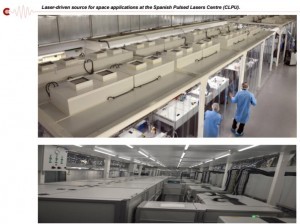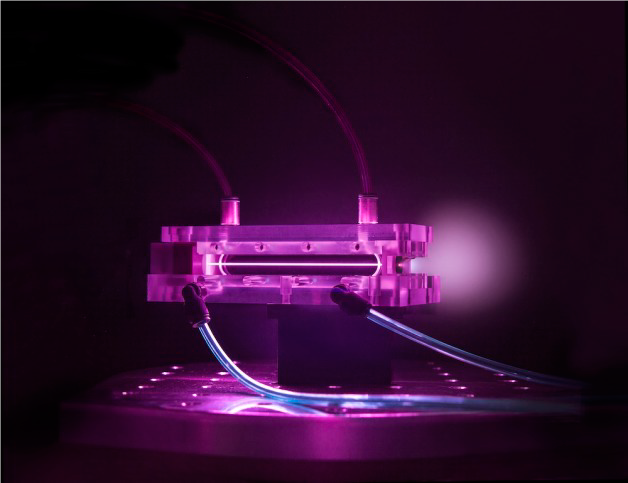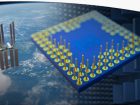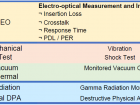Talk summary:
The advent of the chirped-pulse amplification (CPA) technique has revolutionized the physics of particle accelerations. Compared to conventional accelerator, lasers can produce ultra short particle beams with high brilliance and broad energy spectrum.
Moreover Laser technology is in a continuous progress, which provides a constant beam quality improvement. The Spanish Pulsed Lasers Centre (CLPU) is a scientific and technological infrastructure dedicated to ultra-intense laser research and development.
Its main equipment is the Petawatt laser system called VEGA. Since VEGA will be the first ultrahigh intensity laser to become operative in Spain, it is expected to open new research lines in the country and bring new experimental opportunities to a community that had no previous access to this kind of science.
One of these lines of research is laser-driven source for space applications. A laser-driven source may reproduce different aspects of a space environment, tailored to the specific characteristics of a space mission, due to the inherent ability of these sources to produce particle beams with exponential energy distribution that depends on the laser-target parameters.
Laser-driven source for space applications
Particle accelerators based on laser-produced plasmas are able to stand field gradients up to 100 GV/m. This allows the production of high-energy particle beams in very short distances, making laser plasma accelerators a very attractive alternative to large-scale conventional accelerators.
The so-called laser plasma accelerators promise for innovation of affordable and compact accelerators for various applications ranging from high energy physics to medical and industrial applications among which stands the space industry.
Particle accelerators based on laser-produced plasmas can operate in many different regimes depending upon the characteristics of the plasmas used.
Conclusion
- Laser-driven source might cover the need of affordable and compact accelerators for applications in the space industry.
- First studies are very promising (Hidding et al. 2013).
- There is a lack of knowledge about the effects that a bunch of particles in the time scale of the laser pulse might produce.
- Further studies are needed in order to validate that laser-driven source meets the criteria required in this field.
- The Spanish Laser Center (CLPU) is a high intensity laser facility with capability to contribute in this field together with the space radiation testing community.
Download or read the full report here
- Quantum Key Distribution - 7th November 2022
- Conducted Immunity - 20th May 2019
- Electrical transients Test - 2nd May 2019




